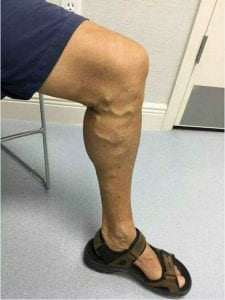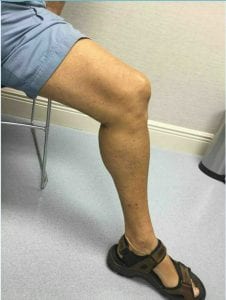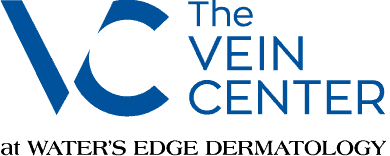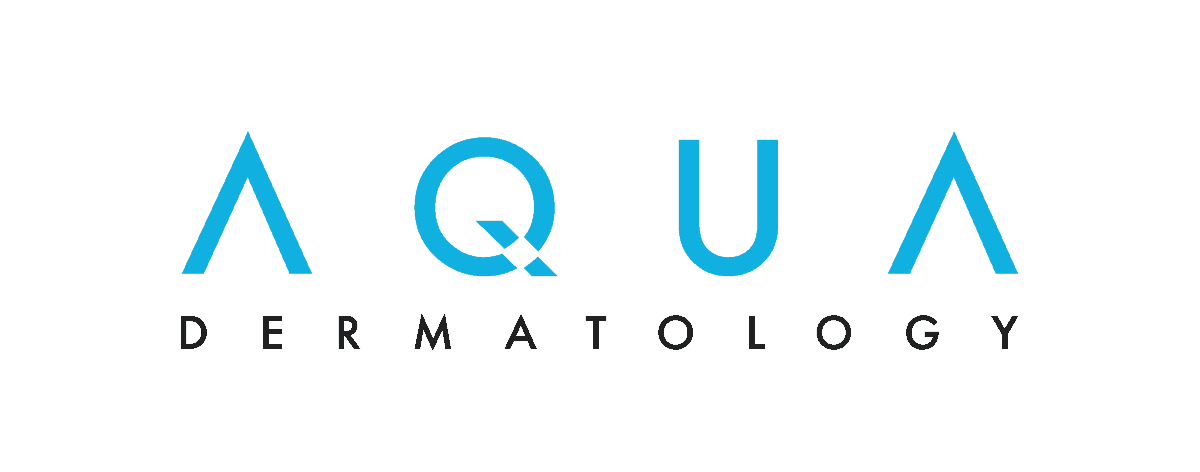Varicose Veins
Call (877) 900-3223
Varicose Veins
Varicose veins can be unsightly and uncomfortable. Over time, the vein condition that causes them, called chronic venous insufficiency, can even lead to serious complications.
If you have varicose veins, the vein doctors at the Water’s Edge Dermatology Vein Center can help. Our experts have several highly effective, minimally invasive varicose vein treatments at their disposal to eliminate these bulging, twisting veins and help your legs look and feel their best.
Treating varicose veins eases symptoms such as tired, heavy legs, itchy legs and leg cramps. Just as important, it reduces the risk of dangerous blood clots and helps prevent the development of venous ulcers, which can be painful and very difficult to treat.
“Most of my patients who come in with varicose veins or other symptoms of chronic venous sufficiency are absolutely amazed at how much better they feel after surgery. Their legs are no longer tired or cramping and they can move again with a spring in their step.”
Varicose vein treatments
During your vein consultation, one of our vein doctors will examine you and ask about your symptoms and medical history. The doctor may order an imaging test, such as an ultrasound, to view the structure of your veins and observe the blood flow. In healthy veins, one-way valves ensure that blood travels toward the heart. In people with chronic venous insufficiency, the valves are weak or damaged, and they allow the blood to reflux (flow in reverse) and pool in the legs.
You may be prescribed compression therapy in the form of compression socks or stockings to see if they help.
If the doctor thinks you will benefit from varicose vein surgery, he or she will recommend the best procedure for you. Varicose vein procedures are done in the office. Most involve closing the veins and letting the body absorb them. Typically, you can return to your normal activities (other than strenuous exercise) immediately after the procedure.
Radiofrequency ablation (RFA)
Radiofrequency ablation (RFA) uses radiofrequency waves delivered by a small probe to heat the walls of the faulty vein. The heat causes the vein to close. The body absorbs it, and the blood it carries is re-routed through nearby healthier veins.
Patients recover quickly from the RFA procedure. Most are able to return to normal activities after the procedure.
Sclerotherapy
Small varicose veins can often be treated with sclerotherapy. In this procedure, the vein doctor uses a very thin needle to inject a sclerosant (an irritating liquid or foam) into the vein. The doctor may use ultrasound to guide the placement of the needle. The sclerosant irritates the vein wall, which eventually causes the vein to collapse. Once it collapses, the body reroutes the blood it carried through nearby healthier veins and the varicose vein disappears.
Sclerotherapy for varicose veins takes about 30 minutes per session. You will feel a small pinch each time the needle goes in, but the procedure is not painful.
Endovenous laser treatment (EVLT)
Endovenous laser treatment uses heat from a laser to close faulty veins. Recovery is quick. Water’s Edge Dermatology Vein Center doctors use state-of-the-art lasers such as the DORNIER Medilas D FlexiPulse 940 to provide the best possible outcome.
VenaSeal
In this procedure, the doctor uses a medical-grade adhesive (glue) to seal the vein shut. A thin tube called a catheter is used to inject the adhesive. The doctor inserts the catheter into specific areas along the diseased vein. No anesthesia is needed. There is very little pain or bruising.
ClariVein IC
ClariVein IC is a catheter with a rotating wire tip. The doctor inserts it into the vein, and the wire tip disperses a sclerosant solution. This solution irritates the vein wall, eventually causing the vein to collapse. No anesthesia is required. You can expect a pinch when the catheter is inserted, but the procedure is not painful.
Microphlebectomy
Microphlebectomy is an option for treating varicose veins that are too large to be treated with sclerotherapy or other methods. In this procedure, the vein doctor injects a local anesthetic so you won’t feel any pain. They then make a pin-size incision to access a segment of the varicose vein. Next, they take the segment with a surgical hook and remove it. The incisions are so small that no stitches are required in most cases, and there is little or no scarring.
Microphlebectomy for varicose vein removal is not the same as vein stripping. At the Vein Center, we feel it’s appropriate for certain patients whose veins are too large to close with other techniques. It’s a technically difficult procedure, which is one reason most vein centers don’t offer it, but when it’s performed by a well-trained, highly experienced doctor, it has amazing medical and cosmetic results that can’t be achieved with other treatment methods.
Varicose veins surgery before and after photos
Today’s varicose vein treatments are minimally invasive and provide excellent results.
-

BEFORE -

AFTER
If you are experiencing any issues with your legs and would like to be examined by a vein specialist, call (877) 900-3223 today to schedule your consultation.





